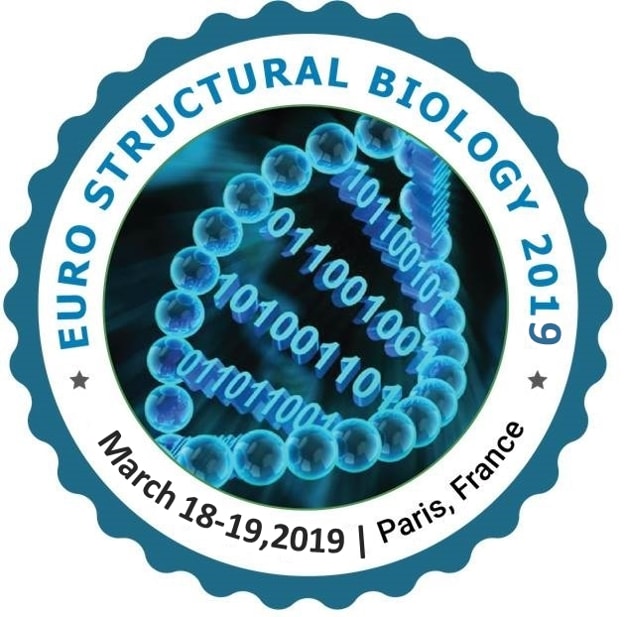
James Anthony Endrizzi
SuperNova C, USA
Title: Polymorphism and Asymmetry of 3“activated-state†variants of Aspartate Transcarbamoylase via Se/Zn-MAD phasing unveil a dynamics-based allosteric activation mechanism for ATCase invoking 2 states; “flexible†& “inflexible
Biography
Biography: James Anthony Endrizzi
Abstract
Aspartate transcarbamoylase (ATCase), a textbook case for allosteric enzyme regulation, catalyzes the first step of pyrimidine nucleotide biosynthesis and is feedback inhibited by pathway end-product cytidine triphosphate (CTP). ATCase exhibits cooperative substrate binding to its’ catalytic subunits and allosteric binding of nucleotides to its’ regulatory subunits. Inhibition by CTP and activation by ATP promote homeostasis of purine and pyrimidine nucleotides. Regulation of ATCase activity is interpreted as a ligand-promoted change in the equilibrium between inactive (taut) and active (relaxed) states, consistent with a two-state allosteric model. In this view, ligand-free enzyme represents the inactive, taut state while the structure of ATCase bound to bisubstrate analog N-phosponacetyl-L-aspartate (PALA) represents the active, relaxed state. However, there is little evidence that PALA-bound ATCase represents the active conformation(s) in the absence of substrates. A novel approach to define the structure of the ligand-free relaxed, or “activated” state is to use enzyme variants that destabilize the taut state and shift the allosteric equilibrium toward the relaxed-state conformation(s). In contrast to the wild-type enzyme, which exhibits a more compact global conformation and sigmoidal enzyme kinetics, the mutants are more expanded and display hyperbolic kinetics characteristic of non-cooperative enzymes. We tested the hypothesis that ATCase is activated through modulation of flexibility by determining the X-ray crystal structures of activated-state mutants. Multiple crystal forms were identified for 3 variants. We have refined dozens of structures thus far Myriad tertiary and quaternary structures observed for “active” variants supports the hypothesis that these structures represent metastable states accessed by an ensemble of activated-state conformations.

